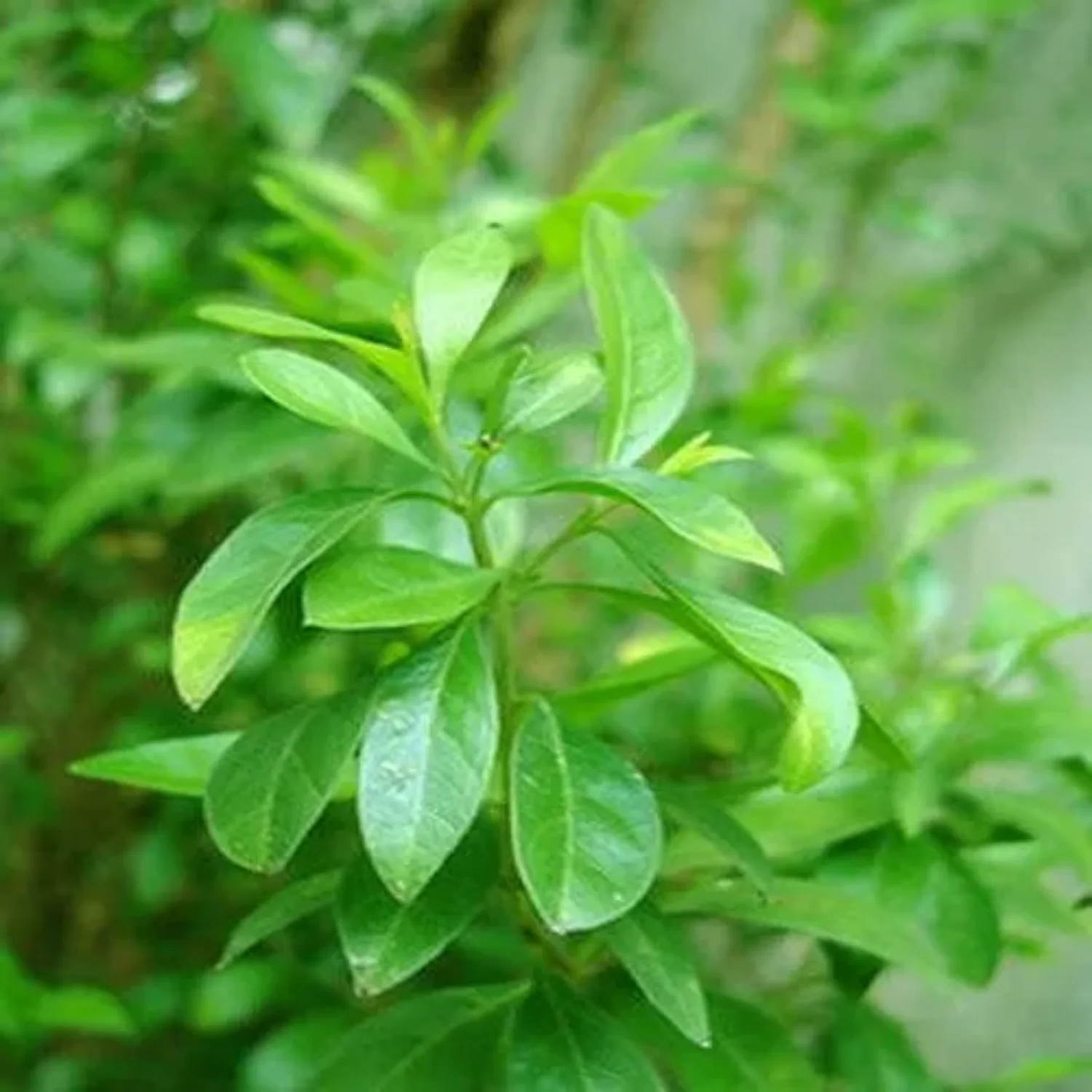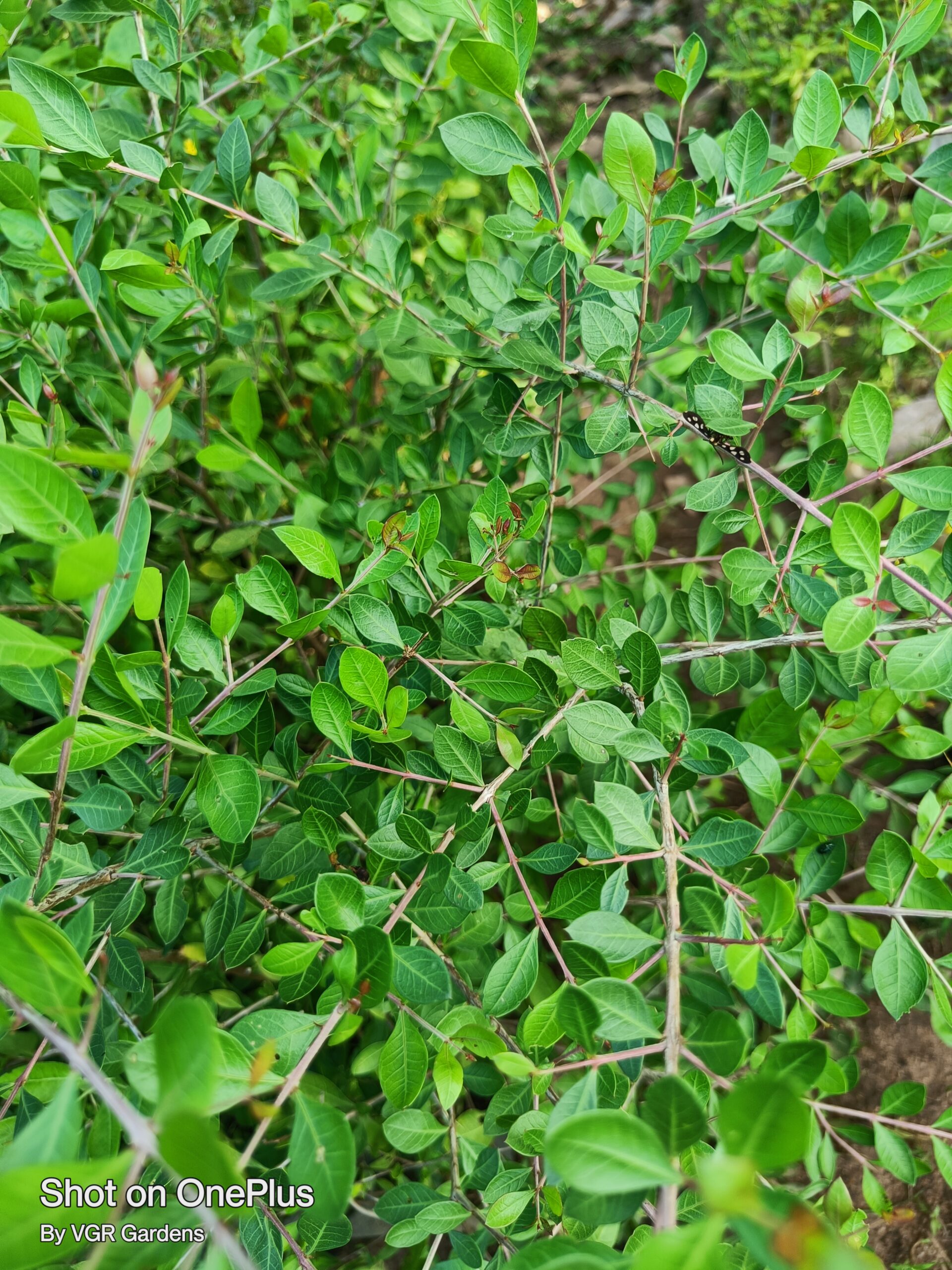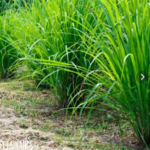Henna Maruthani, also known simply as “henna,” is a natural dye derived from the leaves of the Lawsonia inermis plant, native to regions like India, Pakistan, and the Middle East. Its rich history dates back thousands of years, where it has been used for various cultural and decorative purposes, particularly in weddings, festivals, and religious ceremonies.
The name “Maruthani” often refers to the dark red or brownish-red color achieved when henna is applied to the skin, leaving intricate designs and patterns. This art form, known as mehndi, is a significant aspect of many cultures, symbolizing joy, beauty, and auspiciousness.
The process of creating henna paste involves crushing the dried leaves of the Lawsonia inermis plant into a fine powder, which is then mixed with water, lemon juice, sugar, and essential oils like eucalyptus or lavender to enhance its staining properties and fragrance. The paste is left to rest for several hours to allow the dye to release and deepen in color.
When applied to the skin, henna paste leaves temporary tattoos that typically last one to three weeks, depending on factors such as skin type, location of application, and aftercare. The dye penetrates the top layers of the skin, staining it with its characteristic reddish-brown color. Over time, as the skin naturally exfoliates, the tattoo fades away.
Beyond its cosmetic use, henna also boasts medicinal properties. It has been traditionally used to cool the body, soothe headaches, and treat various skin conditions such as eczema and fungal infections.
In addition to its cultural and medicinal significance, henna has gained popularity in the modern beauty industry as a natural alternative to chemical hair dyes. Henna hair dye, derived from the same Lawsonia inermis plant, offers a safer and more eco-friendly option for coloring hair, providing vibrant red and copper tones while nourishing and conditioning the hair.
Overall, Henna Maruthani embodies a rich tapestry of cultural heritage, artistic expression, and holistic wellness, making it a beloved tradition cherished by millions around the world.








Veena –
Pls tell me when the henna plant is available